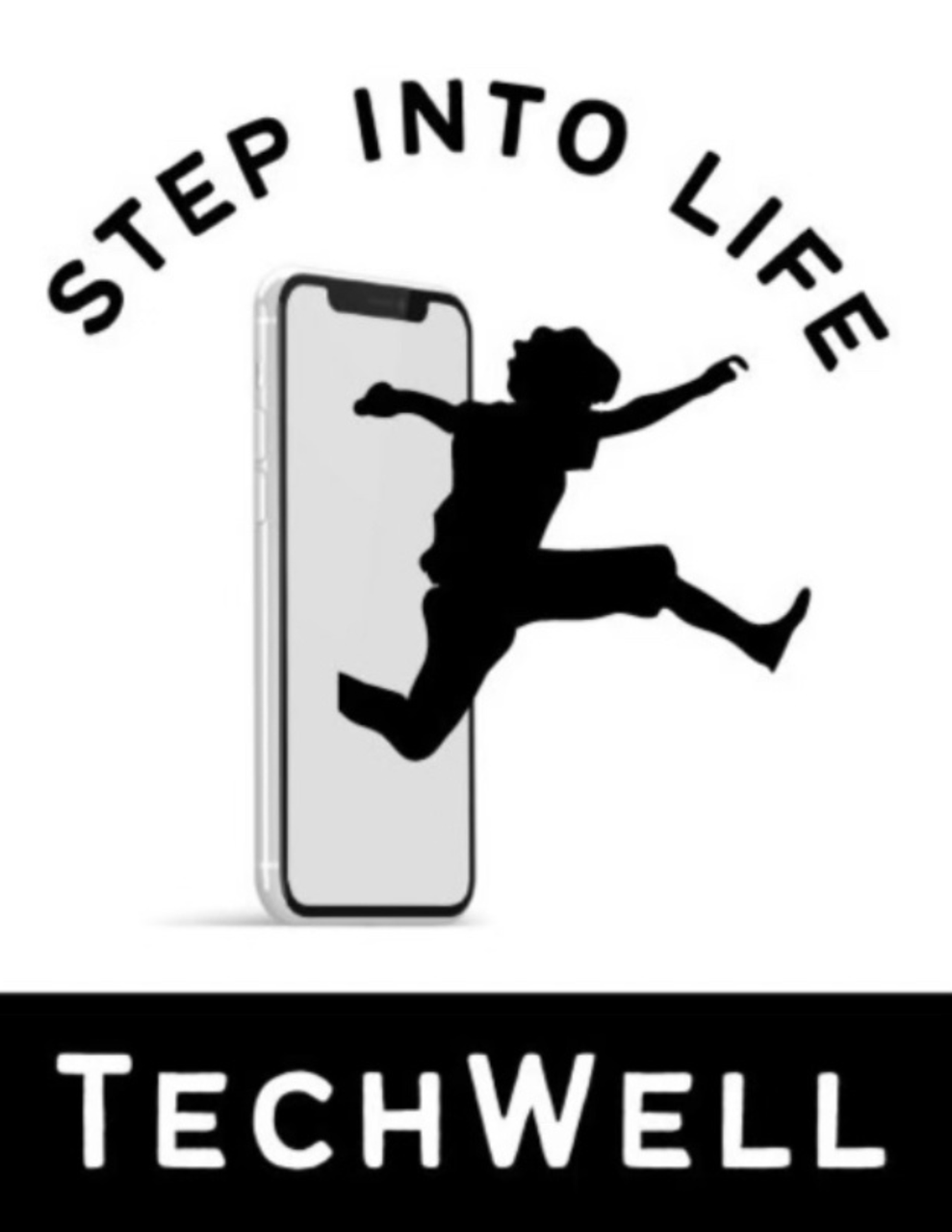Creating a School-Wide Tech Philosophy
From May 2023
In our last post, we shared ten recommendations for becoming a Tech-Wise School. In this post, we’ll explore the first two recommendations in more depth:
1) Create a School-Wide Tech Philosophy
2) Adopt a harm reduction model such as the EdTech Triangle (everyschool.org)
As recommended by Everyschool.org, every district should adopt a Tech Philosophy–a set of clear, research-informed principles to guide technology use. Below is an example drafted by TechWise SB member Casey Hare and shared with a local school district as a proposed board policy:
“Teachers, not technology, are the primary source of student learning. Technology, when used well, has the potential to improve learning outcomes. Computers are superior learning tools in specific applications, such as computer aided design, robotics and computer programming. However, technology overuse and misuse have the potential to reduce learning outcomes and contribute to negative emotional and physical outcomes. Computers have a primary use bias in that students are accustomed to passive consumption of media on computers. Given these challenges, teachers should reach for computers only when they can be used in a transformative way, and that computer should be for a specific learning outcome for a specific, and brief, time frame.”
In addition to a guiding philosophy, districts might consider adopting a few specific, easy-to-follow tech use guidelines such as:
1) Technology use should be intentional and limited to supportive or transformative learning experiences.
2) Technology should not displace proven educational interventions (e.g., tutoring, small class size, direct instruction).
3) Technology should not displace handwriting or reading in print.
4) Technology practices that contribute to overuse should be minimized (e.g., game-style applications, tech rewards, tech filler).
A “philosophy” should be concise and easily understood. However, schools will likely need more than a few sentences of guidance to help them understand how to maximize benefits and minimize harm from tech use. That’s where the EdTech Triangle comes in.
Created by Blythe Winslow and Amy Taylor at Everyschool.org, the EdTech Triangle provides a simple framework for conceptualizing healthy tech use in a classroom setting. As they describe it:
“This framework is a research-based synthesis of the EdTech practices, tools, and skills that optimize learning, support well-being, and protect against some of tech’s negative outcomes. EdTech can be powerful in the classroom, and it should be used in line with current research.”
The EdTech Triangle empowers teachers to distinguish between helpful and harmful uses of technology. Armed with this information, teachers can make informed choices that support student learning and well-being.
Unfortunately, frameworks like this are still rare in education. In the wake of remote learning, many schools have embraced screen-based instruction wholesale—often equating “more tech” with “better learning.” But being “tech savvy” shouldn’t mean using technology indiscriminately.
Join us in reframing the conversation. Share the EdTech Triangle with your local educators and decision-makers. Together, we can help schools use technology wisely—maximizing its benefits while minimizing the risks.
